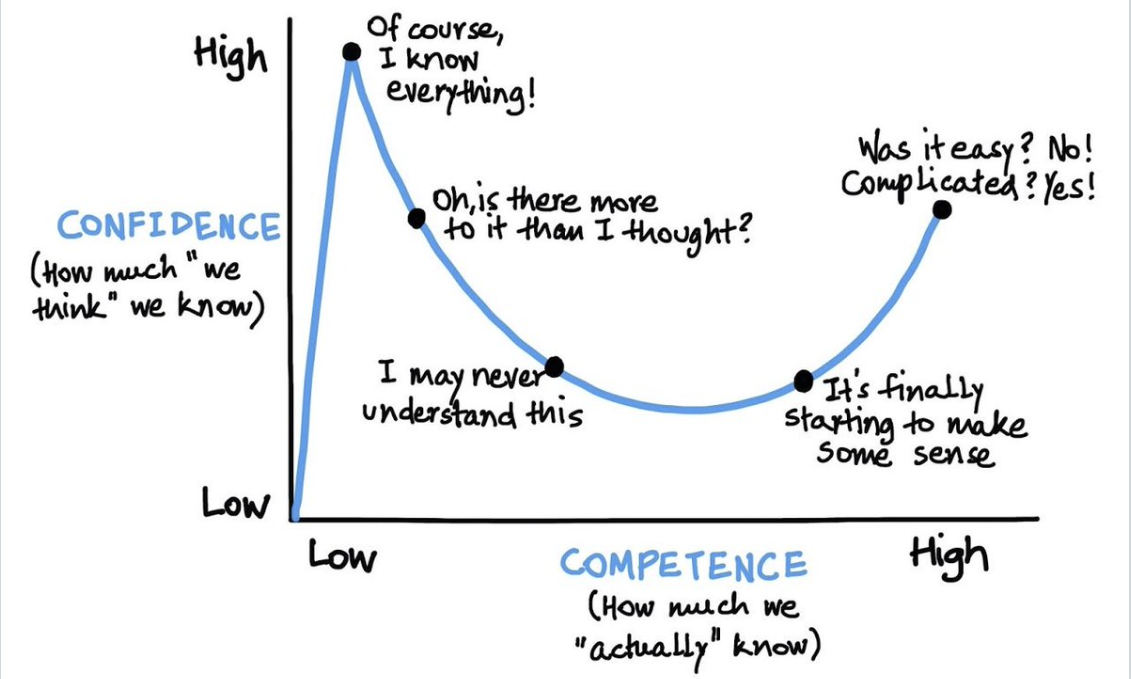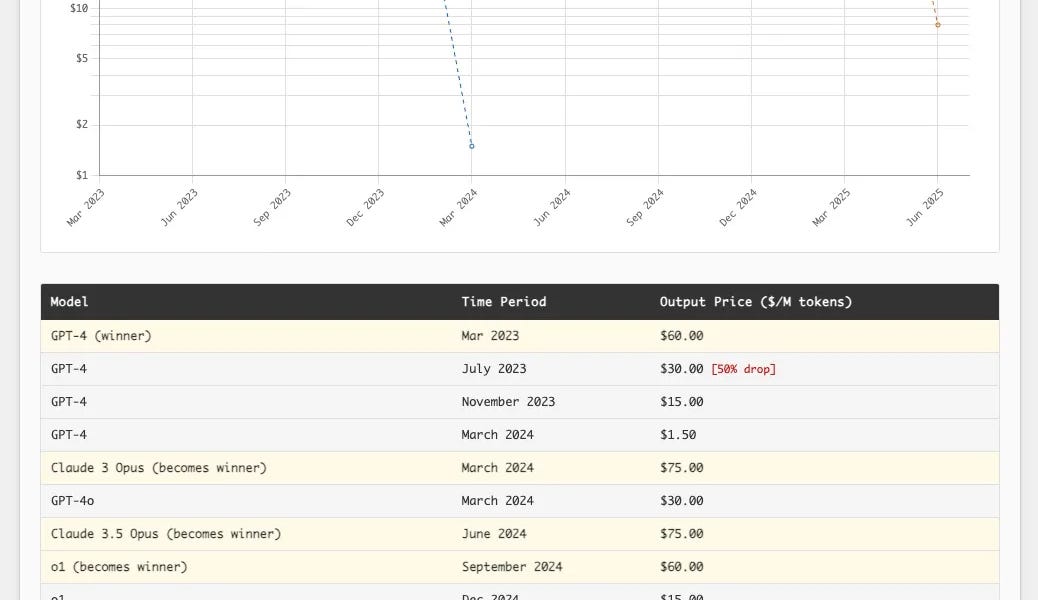
How clear and simple data visualizations bring the climate crisis home
Share Copy link Linked copied Email Facebook Bluesky Twitter LinkedIn WhatsApp Reddit
Data visualizations are some of the most powerful tools in a climate science communicator’s playbook. The most famous have taken on enormous symbolic value—like the “Hockey Stick” graph showing rising temperatures in the Northern Hemisphere since the year 1000.
But designing climate visuals that are clear to the public and policy makers is not a straightforward task. Many scientific graphics, such as those in reports of the International Panel on Climate Change (IPCC), are designed for technical accuracy and often assume a specialized audience. As a result, they can be difficult to interpret. Prior research has shown that widely used scenario graphs can confuse viewers. For example, people often mix up uncertainty about future emissions scenarios with uncertainty in the climate models themselves.
At the same time, there is growing evidence that more intuitive visualizations, informed by psychological research, can help people make better sense of climate data. For example, one study showed that simply highlighting rising temperatures in red increased support for climate action among liberal viewers.















